Ten years ago, Miwa Taguchi started managing the art collection of her father Hiroshi Taguchi’s art collection built since 2002, taking charge of acquisitions and mounting exhibitions all over Japan. The collection, which has been made with public viewing in mind from the beginning, is nowadays composed of 650 artworks by international and Japanese emerging artists. With a career background in social work and playing viola as a hobby, she is especially drawn to artworks that are related to classical music, minority experiences and structures of power.
Miwa shared with LARRY’S LIST the latest artworks she has purchased, what “delivery exhibition” is, why she decided not to build a fixed private museum to show the art collection, and what she is especially excited about the Japanese art scene in 2023.
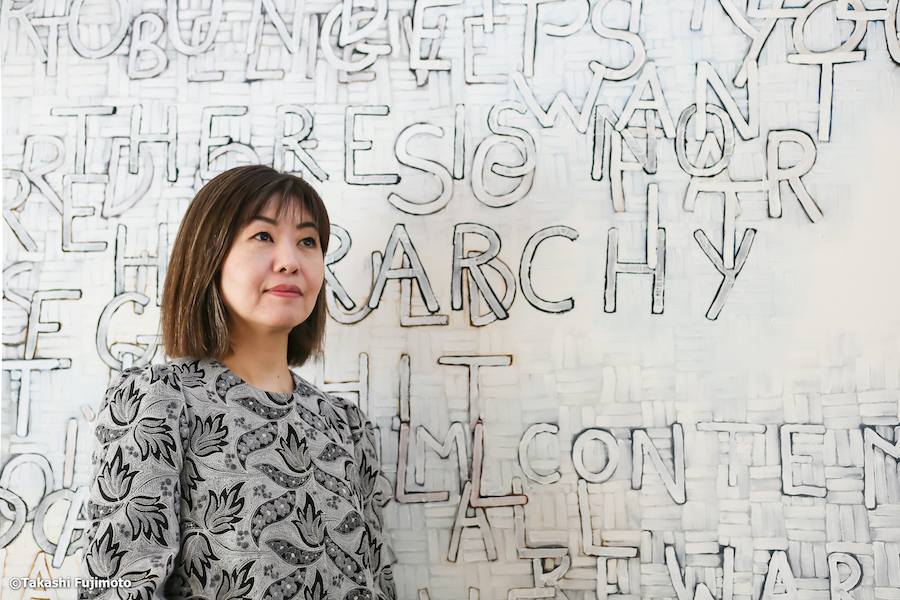
Collecting
What made you want to start collecting art? What is the main motivation behind your collecting?
My father, Hiroshi, encountered a Keith Haring work on a street corner and was inspired by the originality of it, and that was the trigger for him. At that time, he was the president of then-MISUMI Corporation (now MISUMI Group Inc.) and he wanted his employees to see art as well, so at first he was collecting for the corporate collection. After he retired from the position of the president and remains a member of the board, he began a private collection, which is now the Taguchi Art Collection. Now, as his daughter I have taken over operations, and I’m involved in selecting new works, planning exhibitions, and so on.
I want as many people as possible to see these novel works that sensitively portray the changes and trends in the world. My main motivation behind collecting is I especially want it to be seen by young people and those who have kept their distance from contemporary art until now. The collection has been made with public viewing in mind from the very start, rather than being something to enjoy in a private space.
When did you fall in love with a piece of art? What was it?
My father had been making purchases through the company, so nobody in the family knew what was in the collection. In 2011, we went as a family to the first collection exhibition, held at the then-Sompo Japan Seiji Togo Museum of Art (now Sompo Museum of Art), and that was the first time I found out what was in the collection. After that, I began to help manage it, and in 2013, when we put on an exhibition at Tokyo’s Spiral Hall, I realized how wonderfully alive the works look when they’re properly displayed in a good space. That experience helped me to deeply feel the meaning of showing works publicly, and since then I have been earnestly involved in managing the collection.
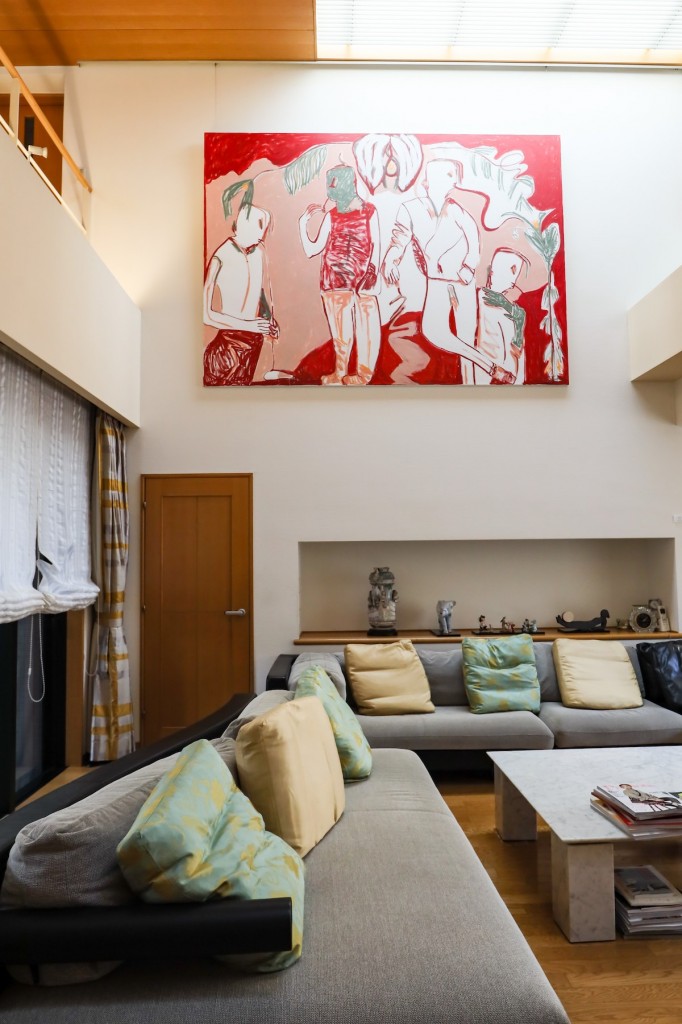
Why are you more interested in emerging Japanese or international artists?
When you’re in Japan, it’s very hard to get a sense of the current art scene overseas, so I want to be able to introduce artists that are active overseas now to Japan as quickly as I can. So for that reason, I want to acquire good pieces by budding artists in the international scene. As it is a collection in Japan, I also place emphasis on Japanese works, but I try hard to limit it to 30% of the collection. With collection exhibitions, I try to curate content that provides a glimpse of the world’s art scene.
You are attracted to artworks related to the themes of music or social work. Can you share some examples of artworks you have acquired under these themes?
I play viola as a hobby so I’m curious about works that use classical music. For example, “Muted Situations #22: Muted Tchaikovsky’s 5th” by Samson Young, Futoshi Miyagi’s “The Ocean View Resort,” and Chikako Yamashiro’s “Chinbin Western: Representation of the Family.”
My research theme in my previous career was social work, so the collection has also been growing its works that depict situations experienced by minorities and works that deal with structures of power. For example, Haroom Gunn-Salie’s “Senzenina” as well as works by Zhera Dogan, Zanele Muholi, and so on.
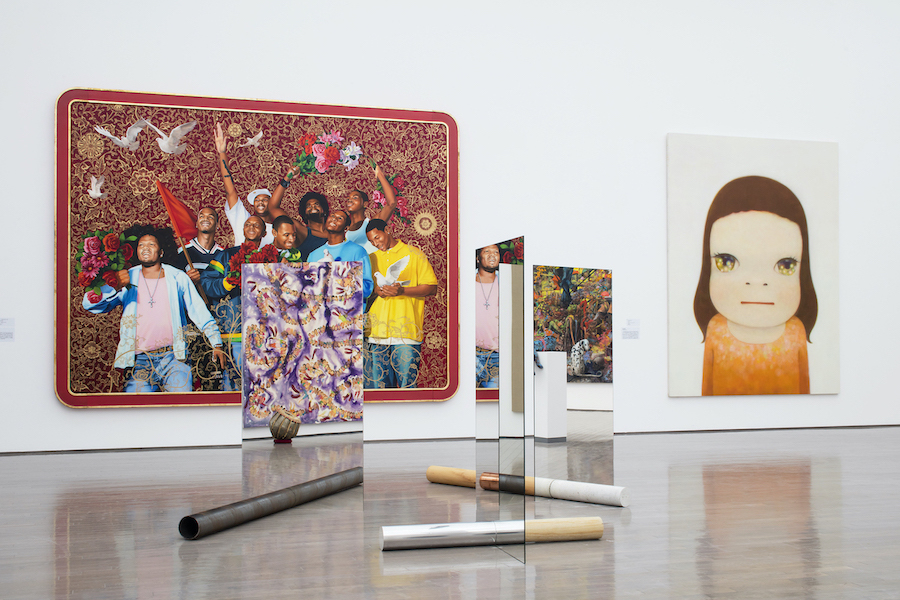
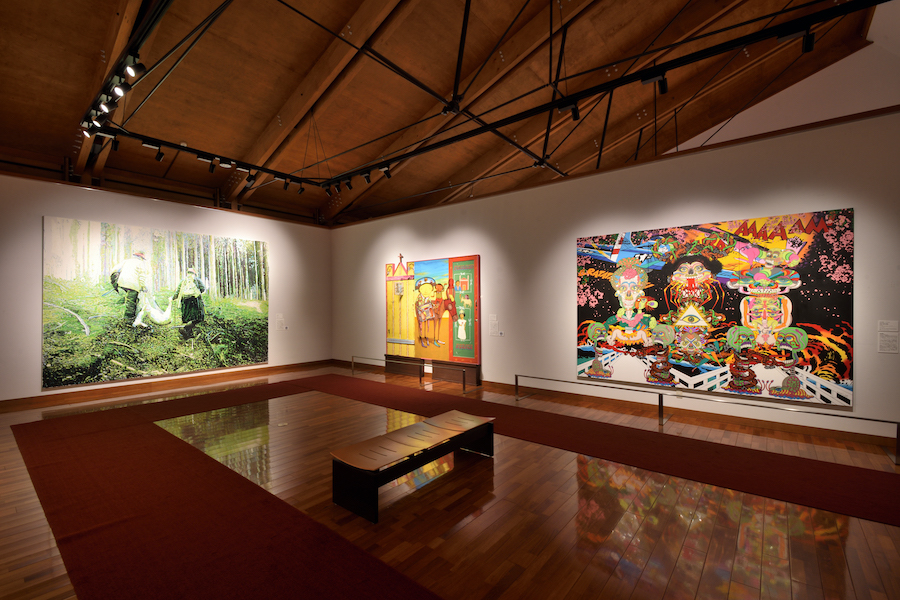
What were the latest artworks you purchased?
I purchased a video work by William Kentridge, a painting by Kudzanai-Violet Hwami, and photo works by Seydou Keita and Gosette Lubondo.
How many artworks do you own? Where do you display your collection?
Currently, there are about 650 pieces. Some are on display in my father’s home, but most are stored in a fine art storage facility. Once or twice a year, we show them in collection exhibitions at art museums around Japan. We also bring works to elementary and junior secondary schools several times a year, in order to allow the children to enjoy the works in a so-called “delivery exhibition.”
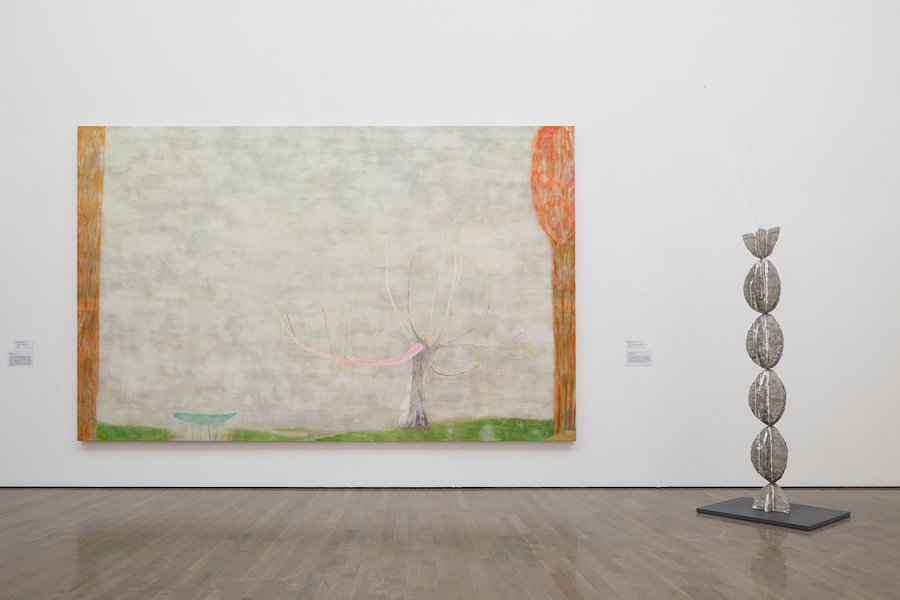
What considerations guide you to make a purchase?
I’m collecting artworks with the idea that I’m a proxy for all the people who will enjoy the works, so I am conscious of collecting quality works that will continue to have artistic value in the future. I don’t make decisions based on individual pieces, but I consider the entire body of work of the artist. I also consider whether it fits with the line of the collection, and whether it will have synergy with the works already in the collection.
What is your most treasured artwork?
They are all treasured so I can’t choose.
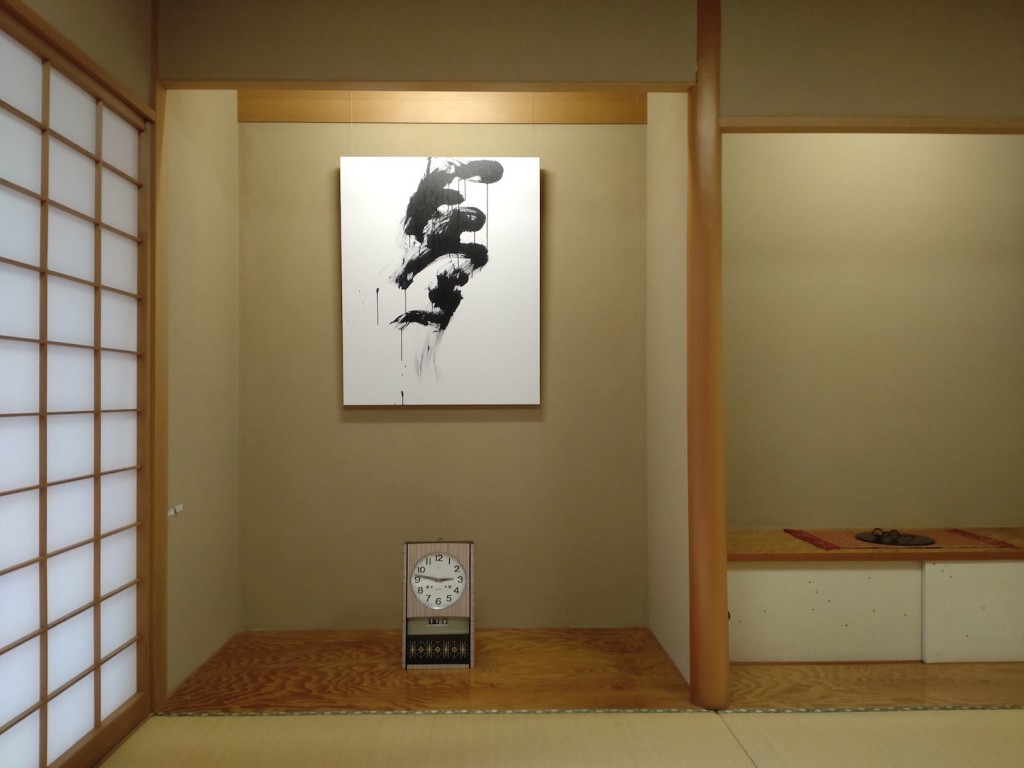
Why did you decide not to build a fixed private museum as venue to show your art collection?
There are splendid art museums all over Japan, but not many are continually collecting contemporary art. Galleries are concentrated in Tokyo. Because of this, there is a big difference between Tokyo and other areas in terms of the opportunities people have to be exposed to contemporary art. In order to bridge this gap even a little, we have made it our mission to hold that sort of exhibition in such regions. Rather than showing works in a fixed location, we show them where they are needed. I operate it thinking of it as a museum with just a collection and no building. In addition to regional art museums, we also hold “delivery exhibitions” at schools, and use works from the collection to produce and sell art cards for children and families.
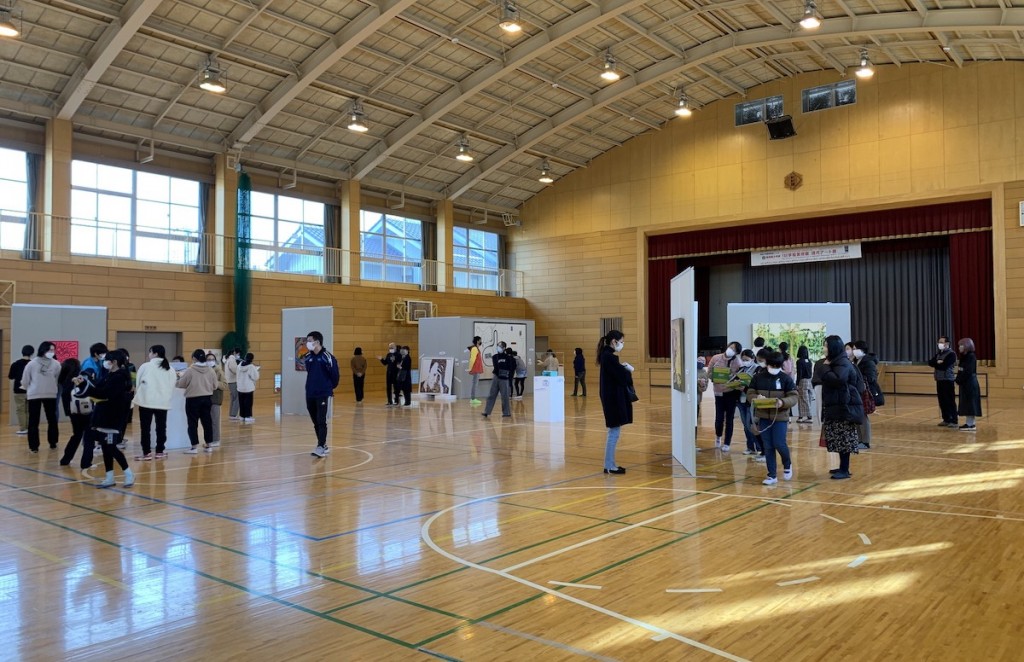
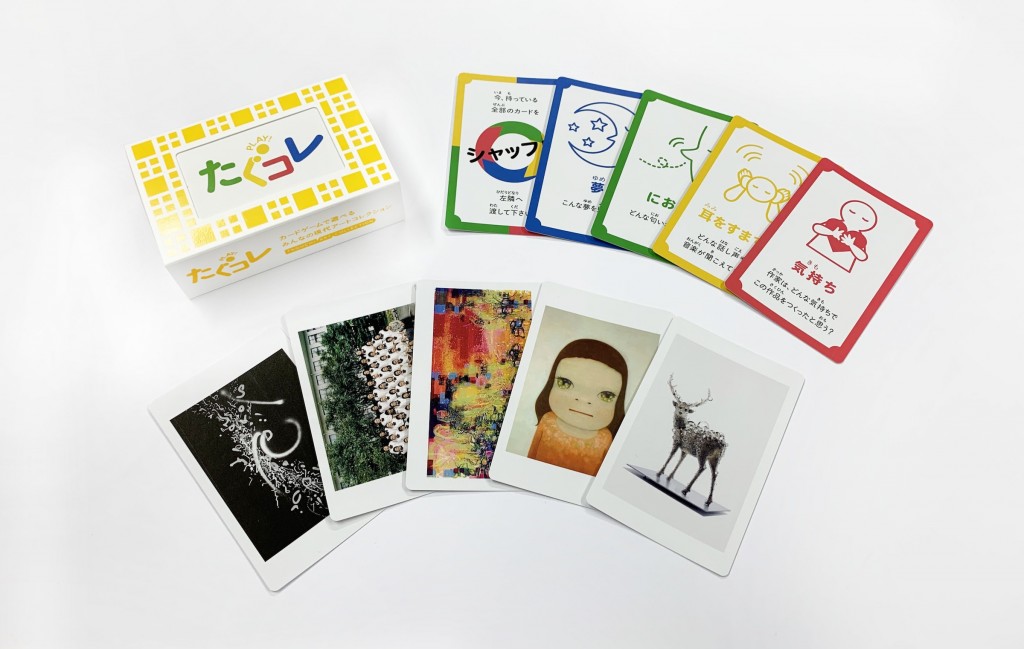
What is your vision for your art collection in the upcoming five years?
I plan on showing it in art museums once or twice a year. I want to find new ways to exhibit and proactively collaborate with people in regional areas. I also want to put more energy into an art appreciation program for children.
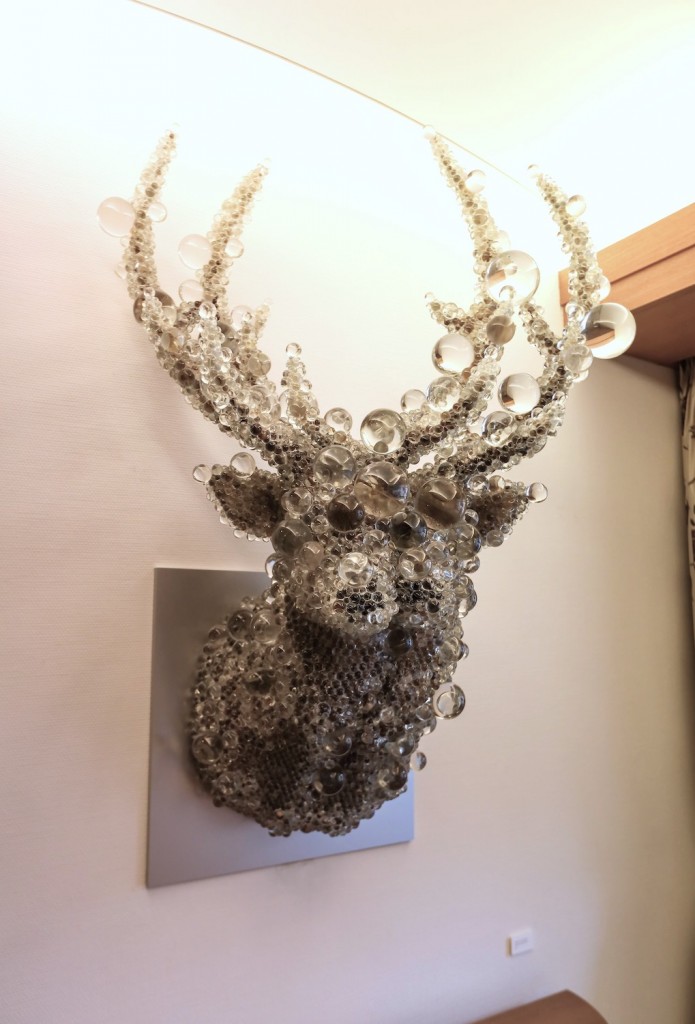
The Art World
What was your happiest moment being involved in art?
When I am able to share a moment with someone while viewing the same work, or when I encounter a viewpoint different from my own that opens my eyes, I love that feeling of connecting through art. By talking about art, it’s possible to interact equally with anyone, regardless of their nationality or social position.
What is your advice to young and fresh collectors?
Train your eyes by looking at lots of good things. As much as possible, see the real thing before your eyes and feel the power within that work. You’ll come to understand the difference in energy emitted by different artworks. I think you don’t have to decide the framework for your collection at the start (for example, the era, materials, themes, and so on). At first, just randomly collecting whatever works you like or feel are good will expand your possibilities. You’ll naturally start to see a trend afterwards, so you can sort it out later.
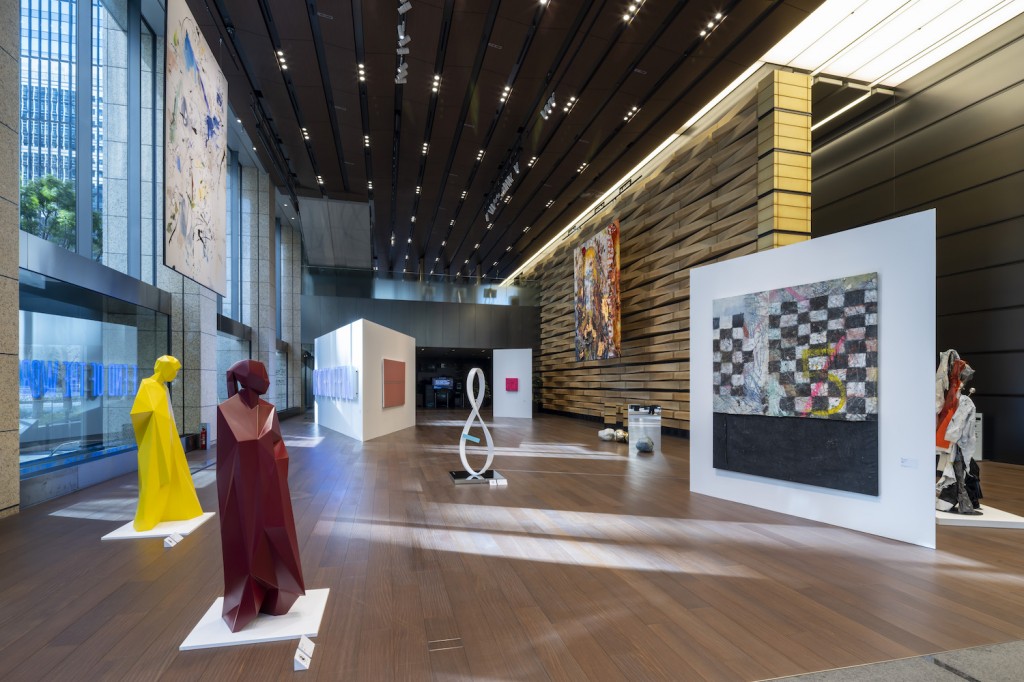
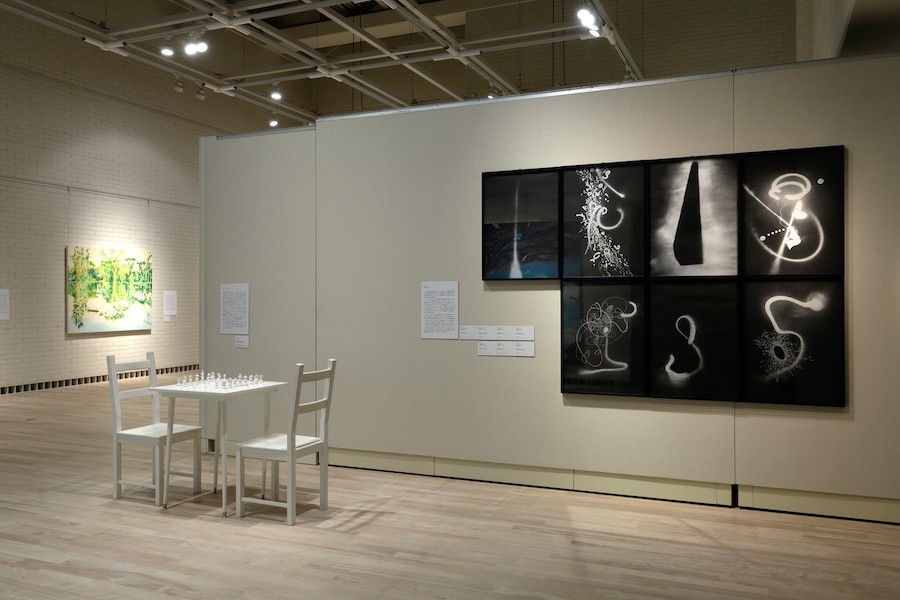
Can you name three emerging artists from Japan who should be on our radar?
EUGENE STUDIO/ Eugene Kangawa, Fuyuhiko Takata, and Mari Katayama.
What are you especially excited about the Japanese art scene in 2023?
In July, a new international art fair, Tokyo Gendai is coming up, so I’m excited about that. Also, ACK, which is held in Kyoto in autumn, keeps getting better every year.
I feel a lot of possibilities in art fairs held in Japan, where old and new cultural scenes intermingle with history and tradition, fashion, food, architecture, anime and manga/games and so on.
Related: Taguchi Art Collection
Instagram: @miwataguchisugiyama, @taguchi_artcollection
A selection of artists Miwa collects:
Hiraku Suzuki
Keiichi Tanaami
Korakrit Arunanondchai
Naofumi Maruyama
Yoko Ono
This interview was facilitated by Art Collaboration Kyoto.
By Ricko Leung





